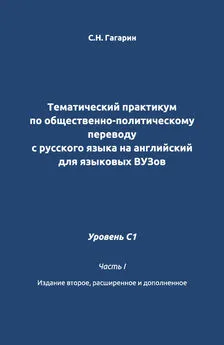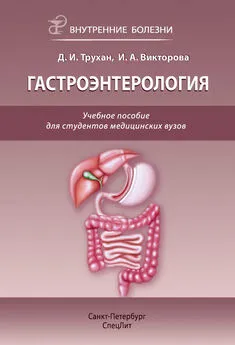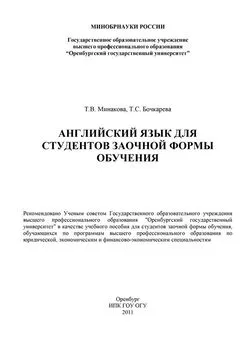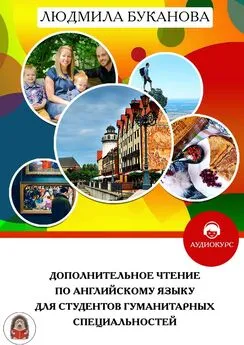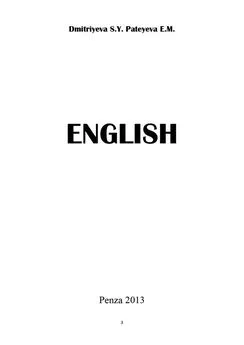Светлана Дмитриева - Английский язык для студентов сельскохозяйственных вузов
- Название:Английский язык для студентов сельскохозяйственных вузов
- Автор:
- Жанр:
- Издательство:Литагент БИБКОМ
- Год:2012
- ISBN:нет данных
- Рейтинг:
- Избранное:Добавить в избранное
-
Отзывы:
-
Ваша оценка:
Светлана Дмитриева - Английский язык для студентов сельскохозяйственных вузов краткое содержание
Английский язык для студентов сельскохозяйственных вузов - читать онлайн бесплатно ознакомительный отрывок
Интервал:
Закладка:
About 64 % of the British population live in houses or flats that they own or are buying in instalments (покупают в рассрочку). Most other people live in council accomodation, about 10 % rent from private landlords. People buying their property almost always pay for it with a special loan called a mortgage, which they must repay, with interest (с процентами), over a long period of time, usually 25 years.
There are three main types of houses in Britain:
terraced –several houses, usually two-storey, joined together in a row or terrace;
semi-detached –a pair of houses joined together;
detached –a single house, completely separate from any other.
This house is over 600 years old.
A big problem in England is the rising cost of houses.
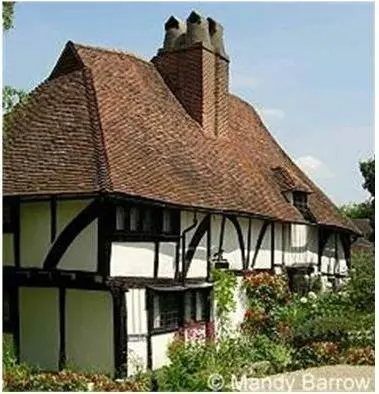
The lives of most Americans revolve around their homes and houses. The percentage of Americans owning the houses (and apartments) they live in is the highest among western nations. Most Americans still live in “single-family dwellings,” that is, houses which usually have a front and backyard. Contrary to a common belief, only about 5 percent of all Americans live in mobile homes. Most of America has a more or less four-season climate, and the rhythms of life around the house tend to follow the seasons. There is always something that needs to be done around the house, and most Americans do it themselves.
Exercise 1. Scan the text.
Exercise 2. Answer the questions:“Have you got any new information? What is it about?” Use:I’ve learned that (about) …
Exercise 3. Find in the text the sentence which proves the following information:
2003
Average wage per year: £20,000
Average house price: over £120,000.
2007
Average wage per year: £23,244
Average house price: £184,924
Exercise 4. Divide the text into logical parts and give information of each one.
Use:I think this text should be divided into … logical parts. The 1 st(2 nd, 3d …) part informs the reader (is about… is devoted to …) the main thought (sentence) of it is … It is interesting that …
1  Write a composition.
Write a composition.
1. Advantages and disadvantages of living in a house ( in a flat ).
2. My dream house.
3. I like old-fashioned houses.
Words for help:a candle, our family room, the air of crowded family life, plants in pots, picturesque, a room of my own, with a view over the sea (forest), cracks, pechka
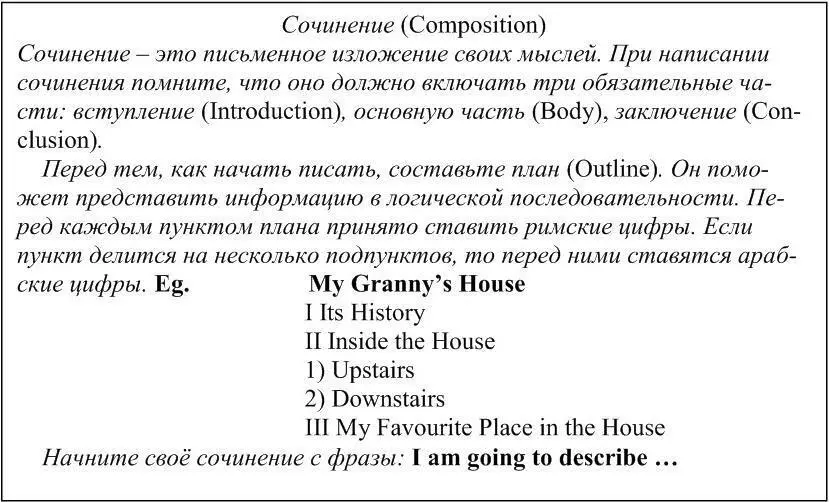
2 . In groups, act out a conversation. The situation: You’re having a housewarming party. Information for help:
When you’re invited you are expected to arrive at exactly the time or some minutes later. It’s good manners to take a small present. It could be a bottle of wine, a box of chocolates or a few flowers. Some useful phrases:
Hello, nice to see you.
I’ve brought you a small present.
Come in, please. That’s very kind of you. You shouldn’t have bothered.
Make yourself comfortable. (Устраивайтесь поудобнее.)
Would you like to come to the table?
What a nice house ( flat, room) you’ve got!
Help yourself to mushrooms ( fish, bisquits, …) ( Попробуйте грибы, …)
Would you like some more salad, ( brandy…)? – Oh, no, thanks … no more for me.
Thank you very much. The dinner has been delicious.
I’m glad you liked it.
I must go. Thank you for a wonderful evening.
There is work to do.
Exercise 1. Read correctly.
Photo, phase, phone, telegraph, photosynthesis, philosophy, physics, atmosphere, phenomenon, sphere, graphically, geography, topography, biography, pheasant, phantasm, emphasize, emphatic, alphabet.
Чтение согласной “s”

Exercise 2. Read correctly.
a) say, skate, surname, salt, south, pass, space, crops, species, silver, combustion, state, swallow, ducks, books, cats, suppress, west, spring, summer, smile,
b) bags, foxes, matches, please, rise, exercise, phase, daisy, cause, because, rose.
c) sheep, she, shelf, shower, shovel, shine, mash, mushroom, show, cash, flesh,
Чтение буквосочетаний с буквой “o”

Exercise 1. Read correctly.
a) coat, road, roast, boat, board, boar, cold, mold, old, sold, bold, molder, older.
b) boil, point, boy, toy, moisture, poison, decoy, voice, employ, employment, destroy.
c) took, hook, look, book, undertook, rook, brook, Brooklyn, shook.
d) fool, soon, scooter, too, moon, cool, tool, retooling, boot, tooth.
e) mouse, house, bought, thought, ought, fought, brought, aloud, cloud, cloudy, out,
f) [ou]know, grow, show, bowl, flow.
g) [ au]Flower, cow, down, brown, power, tower, shower, frown, plow, plowing, now, tower.
В предложениях с вводным словом there ( конструкция : there is/there are) слово: there является формальным элементом и на русский язык не переводится. Данная конструкция употребляется для указания на наличие или отсутствие лица или предмета в определенном месте. Глагол to be обычно согласуется с подлежащим, непосредственно следующим за ним..Если за конструкцией следует цепочка существительных, то выбор формы глагола to be зависит от числа первого существительного. Eg. There is a cooker, two chairs and five plants. There are five plants, a cooker and two chairs. Перевод конструкции следует начинать с обстоятельства места. Если обстоятельства места нет, то перевод начинают со слов: существует, имеется, есть, различают и т. д. Eg. There is a big library in the new building. ( В новом корпусе находится большая библиотека ). There are many different crops. ( Существует много с/х культур ).
В данную конструкцию, кроме глагола to be, могут входить и некоторые другие непереходные глаголы, например: to exist – существовать, to come – приходить, to live – жить и другие, а также глаголы в страдательном залоге. Eg. There exist a great number of butterflies. ( Существует огромное количество бабочек ). Если слово there употребляется самостоятельно и не участвует в конструкции, то оно является наречием и переводится: там, туда. Eg. I have to go there. ( Я должен пойти туда ).

Exercise 1. Use: is, are.
1) There … many students in the library now.
2) There … a pencil in my bag.
3) There … different farm machines on the farm.
4) There … a table and a sofa in my room. 5) There … a new computer in the office.
Exercise 2. Use to have (got), to be, there is/are for translation.
1) У него сегодня три урока.
2) В парке есть тихие безлюдные места.
3) Мы на занятии.
4) У нас мало времени.
5) В лаборатории много химикатов.
6) Существует много видов пластика.
7) В холодильнике мало молока.
8) В нашем хозяйстве много новых пород КРС.
9) В твоей работе много ошибок.
10) У меня много ошибок в сочинении.
11) В читальном зале только один студент.
Exercise 3. Make the sentences negative and interrogative.
Model:There is a clock on the wall.
There is no clock on the wall.
Is there a clock on the wall? – Yes, there is/ No, there isn’t.
1) There is a table in front of the window.
2) There are two cats in his house.
3) There are many wheat varieties on this farm.
4) There is a serious problem in our situation.
5) There are many interesting places in London.
6) There are six girls in our group.
7) There is a letter for you.
Exercise 4. Change the sentences after the model.
Model: I’ve got a newspaper in my bag. – There is a newspaper in my bag.
1) We’ve got much free time during the holidays.
2) They’ve got many potted flowers in their sitting-room.
3) She’s got a tape-recorder on her desk.
4) We’ve got many questions about the problem.
SOME, ANY, NO и их производные
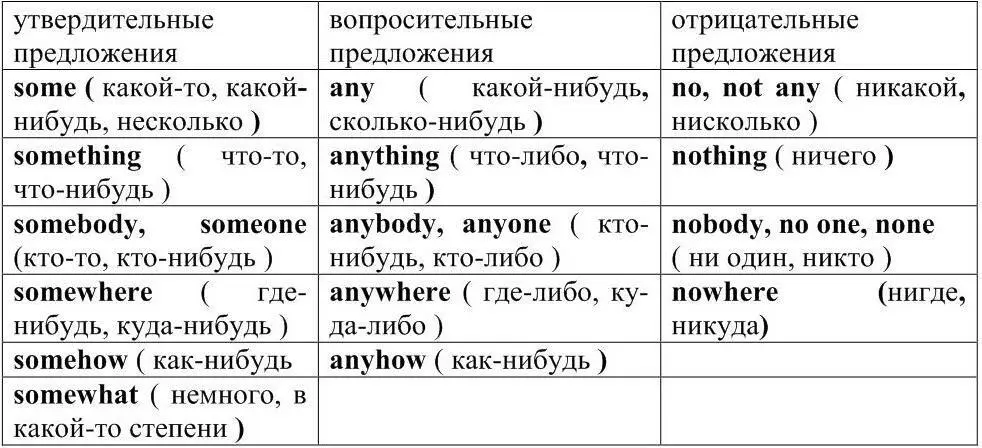
В утвердительных предложениях any означает “ любой ”; anything – “ что-угодно”, anybody – “ кто-угодно ”, anywhere – “ где-угодно”,“ кудаугодно ”, anyhow – “ во всяком случае ”, anyway – “ всё равно ”.
Читать дальшеИнтервал:
Закладка:

